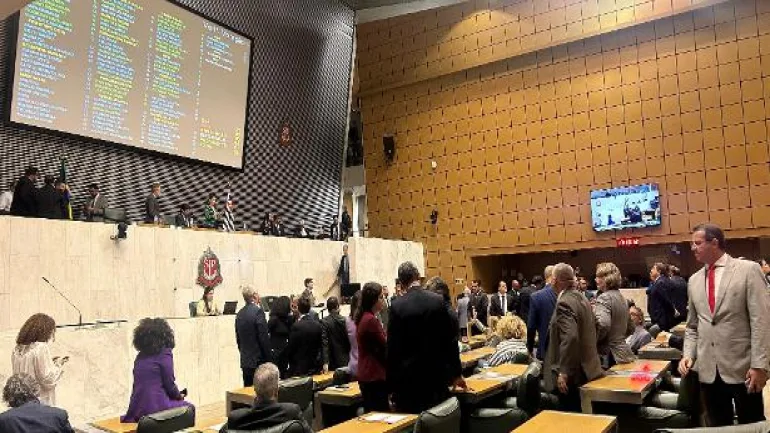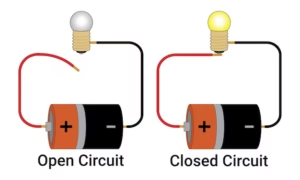Introduction to Alesp’s Decision and Its Impact
The recent vote by the Legislative Assembly of São Paulo (Alesp) on a proposed constitutional amendment (PEC) has sparked significant attention. With this initial approval, funds initially earmarked for education could soon be redirected towards healthcare. This decision is monumental, as it could lead to changes not only in budgetary allocations but also in how both sectors operate.
Background: What is the PEC and Why It Matters
PECs, or Proposals for Constitutional Amendments, are designed to address pressing needs within state budgets by reallocating funds. The PEC under consideration by Alesp has stirred debate as it attempts to divert part of the education budget towards healthcare. Given the demands on São Paulo’s health infrastructure, supporters argue this shift is necessary. However, the education sector is naturally concerned about the impact this could have on resources for schools and other educational programs.
Read:
Airlines Hate ‘Skiplagging.’ Meet the Man Who Helps Travelers Pull It Off.
The Purpose of PEC in Alesp
The primary objective of this PEC is to address gaps in the healthcare sector by sourcing funds from other areas within the government’s budget. With rising healthcare demands in the wake of the pandemic and other public health concerns, the need for enhanced funding has grown. The proposal allows Alesp to strategically prioritize urgent health needs, though the effects on education resources remain a valid concern.
Overview of Education and Health Fund Allocation
In São Paulo, a significant portion of the government’s annual budget is allocated to education, with another substantial portion dedicated to health. The PEC proposal suggests a recalibration of these funds, potentially setting aside a percentage of the education budget for health initiatives. This has ignited debates among education advocates, who worry that reduced funding could strain the quality and availability of educational services.
Key Points of the Approved PEC Vote
How Alesp Members Voted and the Reasons Behind It
The vote saw a majority of Alesp members backing the PEC, with arguments largely centered on the urgency of addressing health challenges. Lawmakers advocating for the PEC argue that a strong healthcare infrastructure benefits everyone, including students and their families. However, some members opposed the amendment, fearing it could compromise educational resources and the state’s long-term educational goals.
Key Provisions of the PEC and Their Implications
The PEC outlines specific percentages of educational funds to be redirected to healthcare over a fixed period. This reallocation is structured to support emergency healthcare needs, fund public health initiatives, and improve healthcare facilities. While supporters see this as a balanced approach, critics argue that it could open the door to continued reductions in education funding, leading to potential disparities in resource allocation.
How the PEC Could Transform Health and Education Sectors
Potential Benefits for the Healthcare System
If the PEC is fully implemented, São Paulo’s healthcare system could see a range of improvements. Additional funding could help reduce patient wait times, expand hospital capacities, and make essential health services more accessible, especially in underserved areas. For those in favor, this PEC represents a critical investment in the well-being of São Paulo’s citizens, a move that could strengthen public health outcomes across the state.
Possible Effects on Education and Schools
However, the flip side of this reallocation is the possible impact on education. With reduced funding, schools might experience cuts in certain programs, fewer resources, or even delayed infrastructure improvements. Teachers and administrators are concerned about how this might affect the quality of education, especially for students who rely heavily on public education services. Education advocates argue that this shift, while beneficial to healthcare, could disrupt progress within the educational sector.
Looking Forward: Next Steps in PEC Implementation
The Roadmap for PEC’s Next Vote
The PEC must undergo a second vote before full approval. In the upcoming sessions, Alesp members will have an opportunity to address public concerns and potentially adjust the proposal. This period also allows for more public input, as communities, educators, and health professionals weigh in on the amendment’s potential effects.
Potential Challenges Ahead
Despite its initial success, the PEC faces challenges in implementation. Balancing the needs of both sectors may prove complex, as both education and healthcare rely heavily on stable funding. Additionally, the government must manage the risk of unforeseen consequences in the education sector, as budget shifts could have long-term impacts that extend beyond the immediate benefits to healthcare.



















